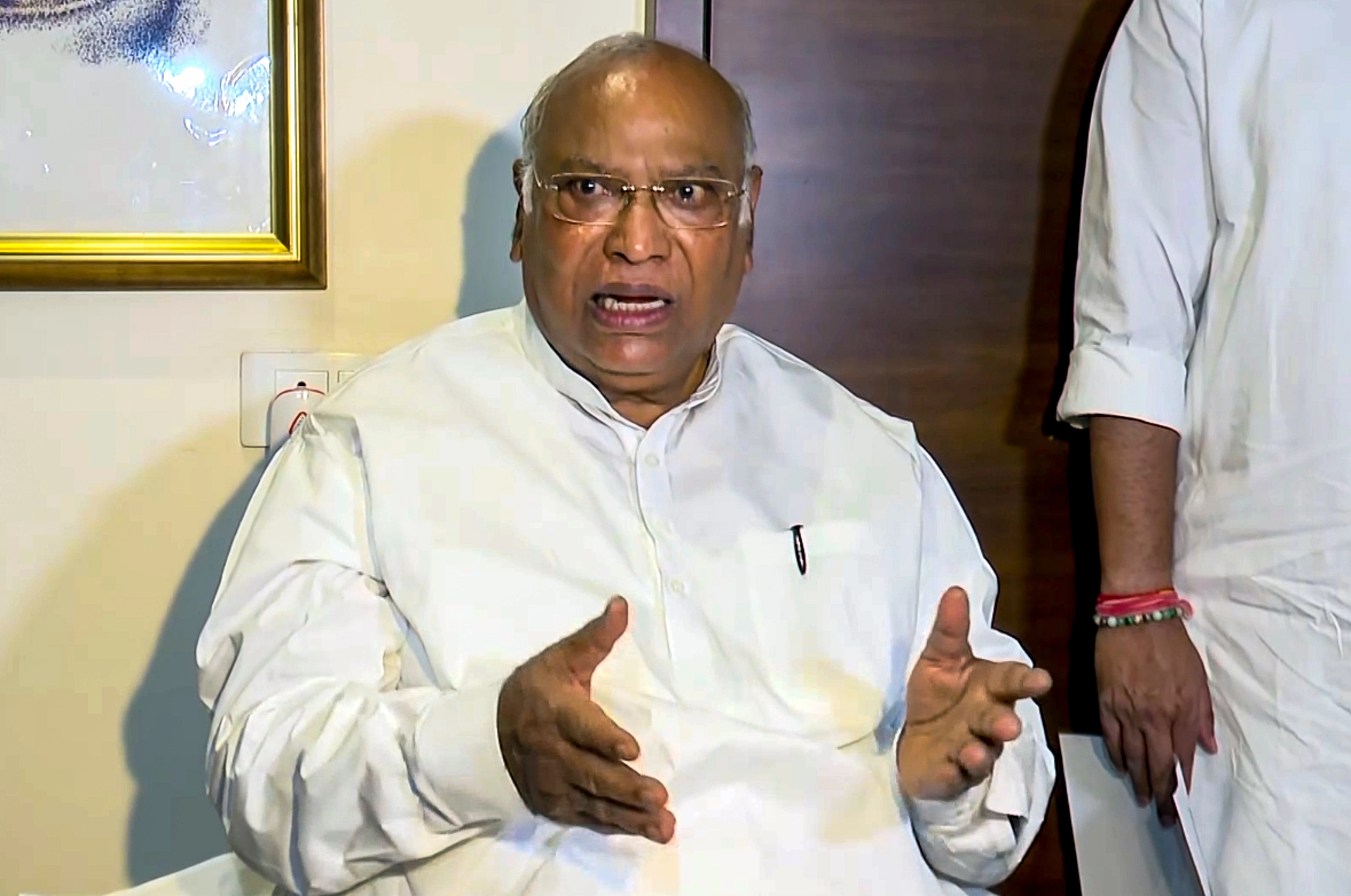In a significant development in the realm of anti-corruption efforts, properties valued at over Rs 7 crore belonging to a former tax officer have been attached by the authorities due to allegations of possessing disproportionate assets. This case highlights the ongoing struggle against corruption within government services, particularly in financial sectors where trust and integrity are paramount. The move to attach these assets comes after a thorough investigation, which revealed that the former officer had amassed wealth far exceeding his known sources of income during his tenure.
The investigation, initiated by the anti-corruption body, scrutinized the officer’s financial records, revealing discrepancies that raised red flags regarding the legitimacy of his wealth. Such actions underscore the importance of accountability within public service, as officials are expected to uphold ethical standards while serving the public. The attachment of these properties serves not only as a punitive measure but also as a deterrent against similar misconduct by other officials. It sends a clear message that the government is committed to rooting out corruption and ensuring that public servants are held to the highest standards of integrity.
The properties in question range from luxurious residential buildings to commercial real estate, all of which are now subject to seizure as part of the legal proceedings. This case is particularly notable in a country where corruption remains a pervasive issue, affecting governance and public trust. By taking decisive action against the former tax officer, authorities aim to restore faith in the system and demonstrate that illicit gains will not go unpunished. The ongoing investigation will further examine the extent of the officer’s financial dealings and potential collaborators, as the fight against corruption continues to evolve in a bid to create a more transparent and accountable government framework.
As this case unfolds, it will undoubtedly attract public attention and serve as a critical reference point for future anti-corruption initiatives. The implications of such actions extend beyond the immediate circumstances of the officer involved; they reflect a broader commitment to ensuring that public officials remain answerable for their actions and that the rule of law prevails. In a society where corruption can often feel entrenched, this case represents a hopeful step towards fostering a culture of accountability and ethical governance.




